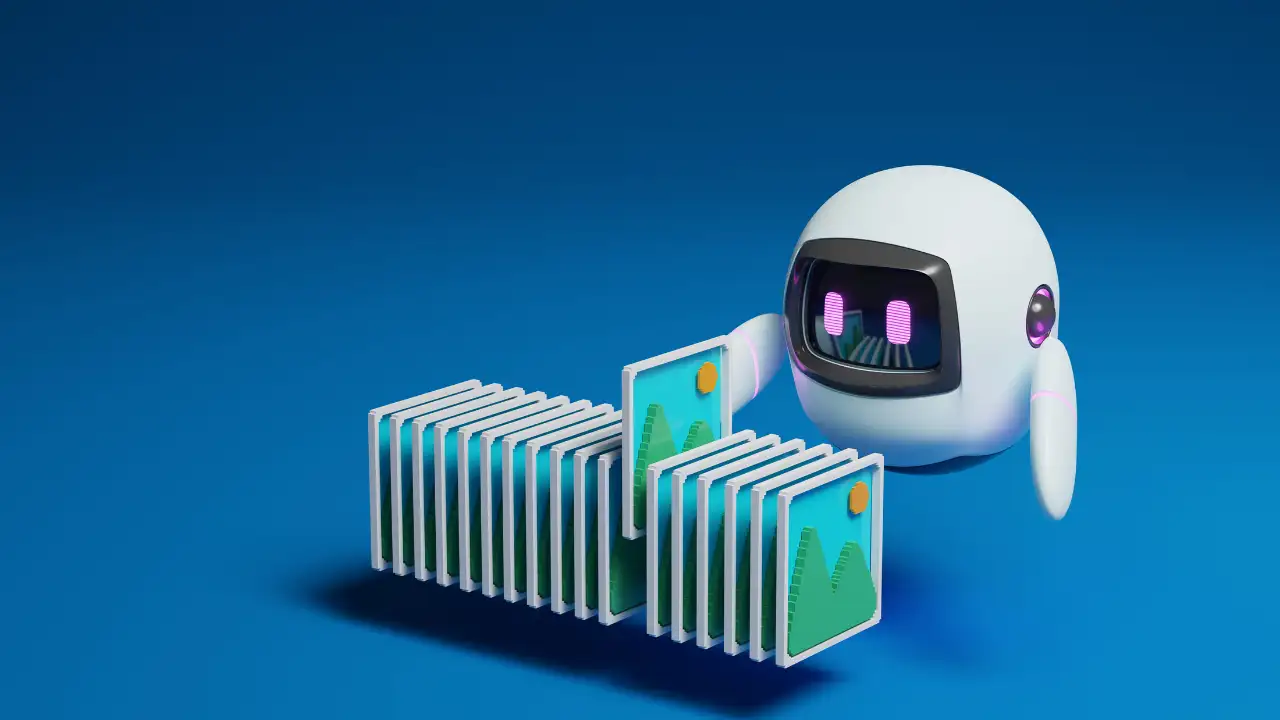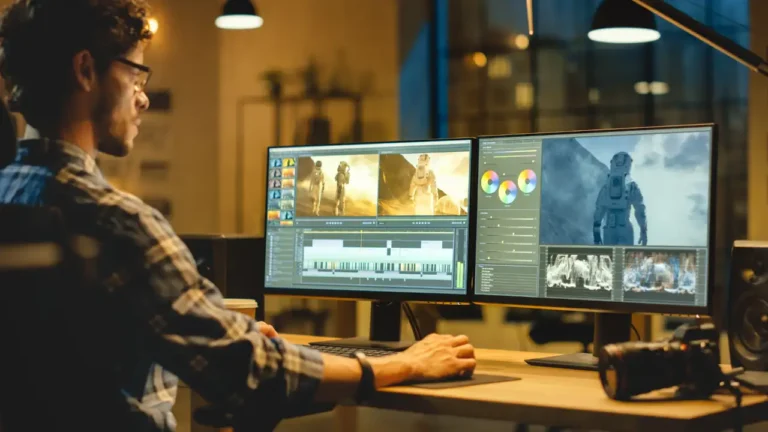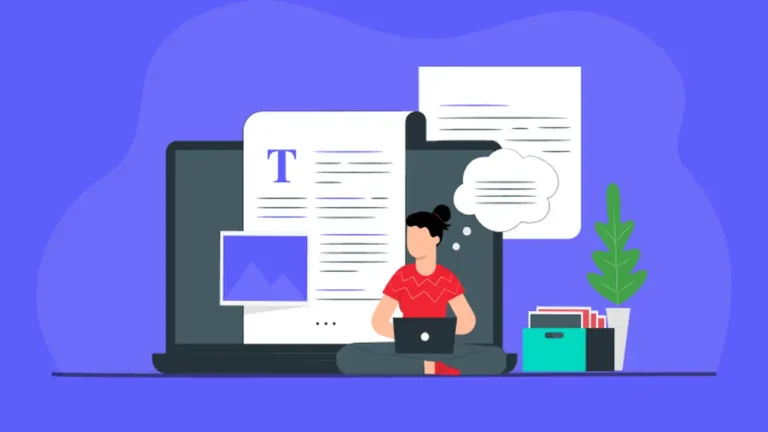Unveiling the AI Picture Trend: A Comprehensive Guide
The advent of artificial intelligence (AI) in the realm of picture creation has opened up a new frontier in the digital world. This fascinating trend is not only reshaping how we conceive and generate visual content but is also setting the stage for a major transformation in various industries, from art and design to marketing and beyond. In this comprehensive guide, we’ll explore the AI picture trend, its implications, and how it’s poised to revolutionize the visual media landscape.
The Rise of AI Picture trend Creation
AI picture creation, at its core, is about using algorithms and machine learning models to generate visual content. This technology leverages vast datasets of images to produce new creations that can range from realistic photos to abstract art. The emergence of this trend signals a shift in how we produce and perceive images, offering unprecedented creativity and efficiency.
Understanding AI Technology Behind the Scenes
At the heart of AI picture trend generation are complex algorithms that learn from existing visual content to produce new images. These models, such as Generative Adversarial Networks (GANs), are trained to understand patterns, styles, and elements of design that define various forms of visual media.
Key Players in the AI Picture Space
Several companies and platforms have emerged as leaders in this space, each contributing to the growth and development of AI-driven visual content creation. These entities are not only providing tools for artists and designers but are also pushing the boundaries of what’s possible with AI.
AI Picture Trend
The AI picture trend is reshaping the landscape of visual media, introducing a new era of creativity and innovation. This section delves into the impact of AI on professional photography, design, and how it’s being integrated into various fields.
How It’s Shaping Visual Media
AI-generated images are finding their place in everything from movie posters to social media campaigns, offering a fresh perspective on visual content creation. This trend is facilitating a new form of artistic expression, where the boundaries between technology and creativity are increasingly blurred.
The Impact on Professional Photography and Design
While some fear the potential for AI to replace human creativity, many professionals see it as a tool that enhances their work, allowing them to push the boundaries of traditional photography and design. AI can automate the tedious aspects of content creation, freeing artists to focus on innovation and storytelling.
Opportunities and Challenges
The AI picture trend presents a wealth of opportunities for creatives, including the ability to generate unique visuals quickly and the potential to explore new styles and concepts. However, it also poses challenges, such as the need for artists to adapt to new technologies and concerns over the devaluation of traditional skills.
Future Projections: Where Is It Heading?
The future of AI in picture creation looks promising, with advancements in technology continually expanding the possibilities. We’re likely to see more personalized, dynamic visual content across various platforms, further blurring the lines between AI-generated and human-created images.

Creative Exploration with AI Picture trend
AI offers a new canvas for creative exploration, enabling artists and designers to experiment with visuals in ways previously unimaginable.
The Process: From Concept to Visualization
Creating AI pictures typically involves inputting a concept or parameters into an AI model, which then generates an image based on its training. This process allows for rapid iteration and exploration, making it easier to bring abstract ideas to life.
Showcasing Real-World Examples of AI Art
Numerous artists and designers have embraced AI to create stunning visuals that challenge our perceptions of art and creativity. From surreal landscapes to hyper-realistic portraits, these examples showcase the vast potential of AI-assisted artistry.
Ethical Considerations in the Age of AI-Generated Images
As AI-generated images become more prevalent, ethical considerations arise, particularly regarding copyright, ownership, and the authenticity of creative works.
Navigating the Complexities of Copyright and Ownership
The legal landscape surrounding AI-generated images is complex, with ongoing debates about who holds the copyright to such works: the creator of the AI, the user who generated the image, or the AI itself. This uncertainty presents a significant challenge for artists and industries alike.
The Debate on Authenticity and Artistic Integrity
There are concerns about the impact of AI on the authenticity and integrity of art. As AI becomes more capable of creating convincing images, distinguishing between AI-generated art and human-created art becomes increasingly difficult, raising questions about the value and originality of AI-assisted works.

Leveraging AI Pictures for Business and Marketing
Businesses and marketers are finding innovative ways to use AI-generated images to enhance their branding and advertising efforts, offering unique visuals that capture attention and convey messages more effectively.
Innovating Brand Visuals with AI
AI-generated images can provide businesses with distinctive, high-quality visuals that stand out in a crowded marketplace. These images can be tailored to fit a brand’s identity and messaging, offering a level of customization and creativity that traditional visuals cannot match.
AI and the Future of Advertising Campaigns
As AI technology evolves, we can expect to see more personalized and dynamic advertising campaigns that utilize AI-generated images to connect with audiences on a deeper level. This approach can lead to more engaging and effective marketing strategies.
Practical Tips for Engaging with AI Picture trend Generation
For those looking to explore AI picture trend creation, there are practical steps to ensure success and innovation in their projects.
Selecting the Right Tools and Platforms
Choosing the appropriate AI tools and platforms is crucial. There are several options available, each with its strengths and functionalities. It’s important to select a platform that aligns with your creative goals and technical requirements.
Best Practices for Creating Engaging AI-Generated Images
To create compelling AI-generated images, it’s essential to have a clear concept, experiment with different inputs and settings, and refine the results based on feedback. Collaboration between AI and human creativity is key to producing impactful visuals.
Conclusion: The Ever-Evolving Landscape of AI Pictures trend
The AI picture trend represents a significant shift in the creative world, offering new possibilities and challenges for artists, designers, and businesses alike. As technology continues to evolve, so too will the ways we create, perceive, and interact with visual media. Embracing this change while considering the ethical implications will be crucial for anyone looking to navigate the future of AI-generated images.
FAQs: Unraveling the Mysteries of AI Picture Generation
How do AI picture trend generators work?
AI picture trend generators work by using complex algorithms and machine learning models, such as Generative Adversarial Networks (GANs), to create images. These models are trained on large datasets of images, learning patterns, styles, and textures. When provided with a prompt or parameters, they generate new images by referencing their training, attempting to create content that matches the given instructions.
Can AI replace human artists and designers?
AI is unlikely to replace human artists and designers entirely. Instead, it serves as a tool that can enhance creativity and productivity. While AI can automate certain tasks and generate creative content, it lacks the emotional depth, cultural understanding, and personal touch that human creators bring to their work. AI and humans bring different strengths to the table, and their collaboration can lead to innovative outcomes that neither could achieve alone.
What are the ethical implications of using AI for picture creation?
The ethical implications of using AI for picture creation include concerns around copyright and ownership, the potential for creating misleading or harmful content, and the impact on the value of human creativity. As AI-generated images become more prevalent, it’s crucial to establish clear guidelines and regulations that address these issues, ensuring that AI is used responsibly and ethically in creative processes.
How can businesses use AI-generated images effectively?
Businesses can use AI-generated images to enhance their branding, marketing, and advertising efforts. AI can produce unique and captivating visuals that stand out, helping businesses to convey their message in a visually appealing manner. To use AI-generated images effectively, businesses should focus on aligning these images with their brand identity and values, ensuring they contribute positively to their overall marketing strategy.
What is the future of AI in the art and design world?
The future of AI in the art and design world is promising, with endless possibilities for creativity and innovation. AI is expected to become a more integral part of the creative process, offering tools and technologies that expand the boundaries of what artists and designers can create. As AI technologies evolve, we will likely see new forms of art and design that challenge traditional concepts and open up new avenues for creative expression.
More Content 👇
Spokeo Artificial Intelligence Scholarships: Empowering Future Innovators
The Power Of AI Content Generation: Unlocking Success In The Digital Era








